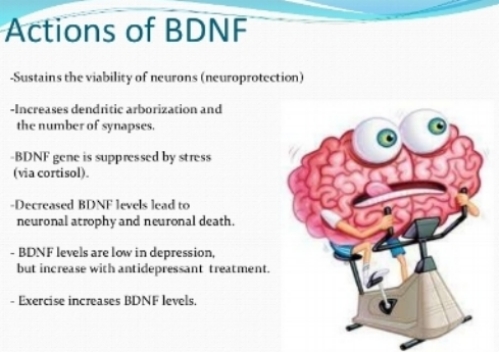Several years ago I participated in the MS Tour For Cure, a two-day 150 mile bike ride. On the last half of the final 75 mile ride, I settled in with a small group of riders who were keeping up, what was for me, a blistering pace. We sailed past each of the rest stops. Toward the end it was all I could do to take my turn in the lead. I stayed with it because my odometer indicated that we only had a little over mile to go – the carrot (the end of the punishing ride) was very close.
I was really suffering. I wondered if others were suffering too. Then, someone in the group asked how much farther? Another person replied: “Five miles to go” – that reply suddenly placed the carrot very far away. I knew that was wrong. One of my co-riders, Shane, didn't know, and he immediately fell off the pace.
I left the group and went back to Shane. He told me he could not hang for five more miles. I assured him that it was not five miles; it was less than a mile – the carrot was close. He got on my rear wheel, and I took him back to the pack.
When we made it back to the pack the finish line was in sight – the carrot was extremely close. Shane bolted to the front and left the group to finish well ahead of us. Shane had more left physically, but he was almost defeated mentally.
This is relevant to exercise. A person is capable of performing at an absolute level. Somewhere below that level is what someone is willing to do by themselves. A good personal trainer will get the subject to go to a level closer to what they are truly capable of and do it in such a way that is safe and without panic. To do that a good personal trainer will be “in the moment” - they will know exactly what the client is experiencing. When Shane fell off the pace I knew where he was physically and mentally.
An experienced trainer who is in the moment will be totally consumed with what is going on with a client during the most difficult repetitions. At our Austin Personal Training facility our trainers know what you are going through; they have been through the process themselves. They keep accurate records of what the clients have done in the past and know exactly what clients are capable of.
Toward the end of an exercise clients unconsciously break form, hold their breath, and begin to panic. A good trainer anticipates those breaks in form and helps the client maintain constant breathing and thereby avoid panic. She will know where to place the carrot. It is anything but boring for the trainer, and the client really appreciates it. When the workout is over you’ll experience the deeply relaxed state that comes with being flush with endorphins. It is a great place to be, and with a capable trainer, you will look forward to each training session.
Request a complimentary first session at Kelly Personal Training
Click here to schedule a session to try it yourself
*Before you stop by please call us. We operate by appointment.





















